Gelatin (from French: gelatine) is a translucent, colorless, brittle especially dry and tasteless substance. It is a simple protein.
But what does the gelatin and skeleton have in common? That gelatin is made from animal bones ( skin, hooves, tendons and cartilage). The boiled mucus is one of the basic ingredients of jelly sweets and most pastas.
It’s seen in the composition of yogurt, margarine, vinegar and more. If you detest described so far, calm down! There are gelatin alternatives that do not involve cooking or baking bones.
Agar. Agar is an extract of seaweed, called "Japanese foam." This ingredient is a complete substitute for gelatin. More common in Chinese cuisine, but increasingly found a place in the menu of vegetarians.
Agar is a type of algae in the seas of Southeast Asia. Prepared from boiled and extruded algae is in the form of flakes and powder. Thereof is derived a product which upon dissolution in water forms a soft, but strong gel.
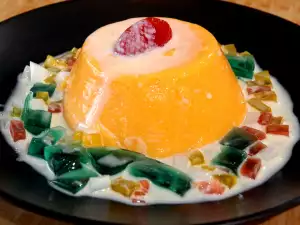
To prepare a substitute for gelatin, grind agar in a coffee grinder or food processor, and then dissolve it in water. One portion is mixed with 200 to 300 parts of water. Put the solution on the heat and stir frequently until completely dissolved.
Agar and used exclusively in the food industry, confectionery and in the preparation of jellies, mousses and more. Agar gelling composition is in times greater than that of the gelatin.
Carrageen. Also known as Irish moss seaweed, it’s found in the coastal waters off Ireland, France and North America. It is best suited in the manufacture of soft gels and pudding. How to prepare carrageen gell? Rinse it thoroughly with water, then soak until they are swollen. The liquid was boiled for 10 minutes. It is then ready for use.
If you are wondering where to find these gelatin substitutes, the answer is - in most organic stores. Making is not difficult, but requires a lot of patience. Good luck!
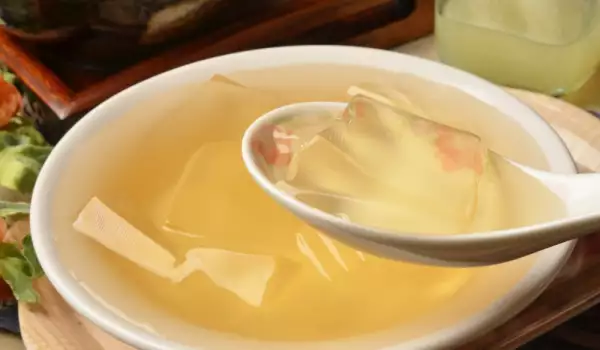
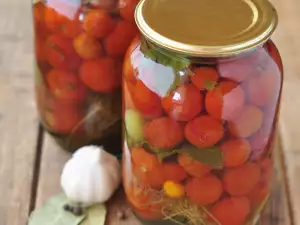

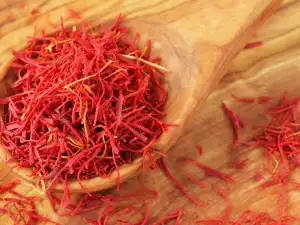
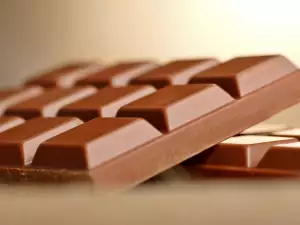



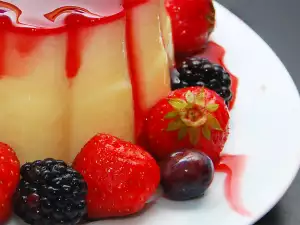
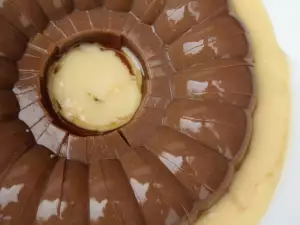
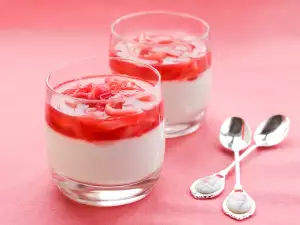
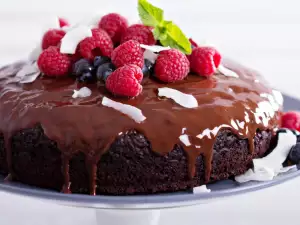
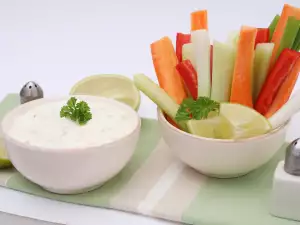
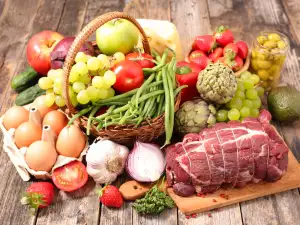
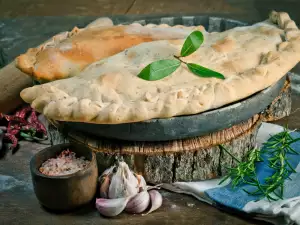





Comments